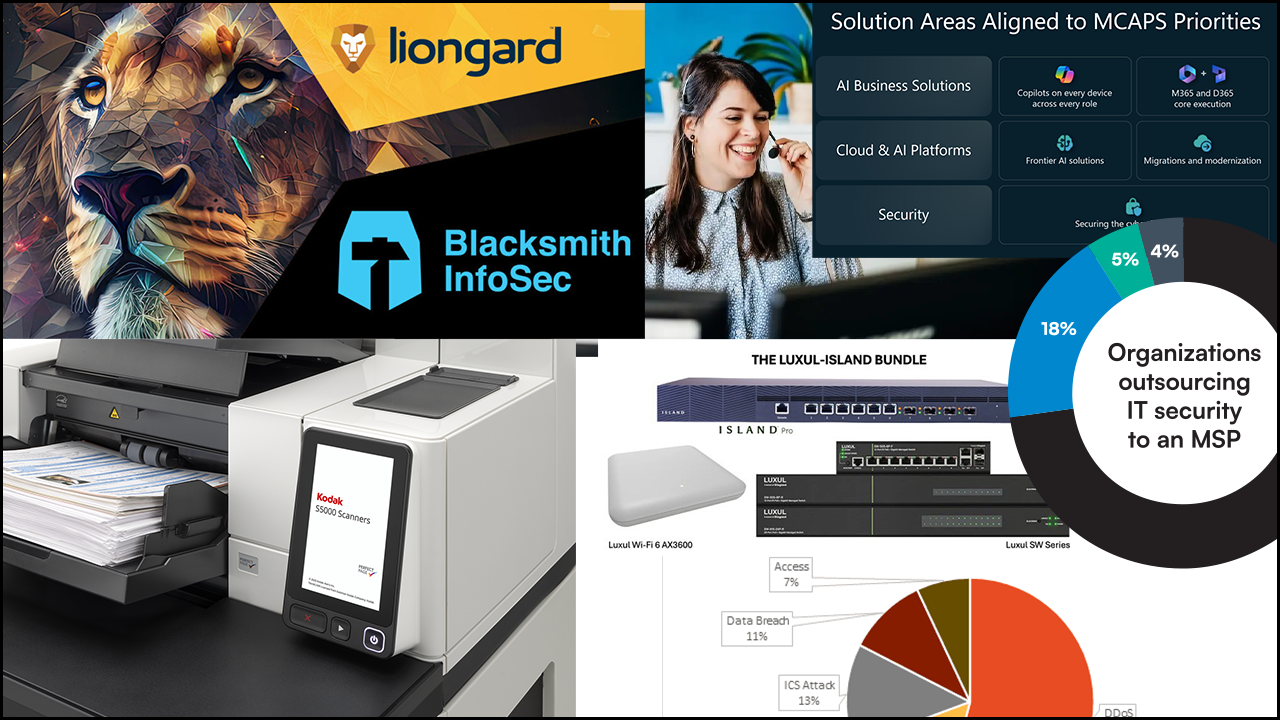Worldwide spending on security-related hardware, software, and services is forecast to reach $91.4 billion in 2018, an increase of 10.2% over the amount spent in 2017. This pace of growth is expected to continue for the next several years as industries invest heavily in security solutions to meet a wide range of threats and requirements. According to the†Worldwide Semiannual Security Spending Guide†from International Data Corporation (IDC), worldwide spending on security solutions will achieve a compound annual growth rate (CAGR) of 10.0% over the 2016-2021 forecast period and total $120.7 billion in 2021.
“Banks, discrete manufacturers, especially within the high-tech sector, and the federal government are spending the most on security to avoid large scale cyber-attacks and adhere to regulatory compliance,” said†Eileen Smith, program director,†Customer Insights and Analysis. “Looking ahead to 2021, as the need the to protect IoT connected devices and infrastructure becomes paramount, industries like telecom and state and local government will drive growth in worldwide security spending.”
The three industries that will spend the most on security solutions in 2018 – banking, discrete manufacturing, and federal/central government – will deliver more than $27 billion in spending combined. Four other industries (process manufacturing, professional services, consumer, and telecommunications) will each see spending greater than $5.0 billion this year. The industries that will experience the fastest spending growth over the 2016-2021 forecast period will be telecommunications (13.1% CAGR) education and state/local government (each with an 11.6% CAGR), banking (11.4% CAGR), and the resource industries (11.3% CAGR).
Managed security services, which are single-tenant solutions operated by third-party providers and residing on the customers’ premises, will be the largest technology category in 2018 with firms spending nearly $18 billion for these services. In addition, managed security services will be the largest category of spending for each of the top five industries this year. The second largest technology category in 2018 will be network security hardware, followed by integration services and endpoint security software. The technology categories that will see the fastest spending growth over the forecast will be managed security services (14.7% CAGR), network security hardware (11.3% CAGR), security and vulnerability management software (10.9% CAGR), and network security software (10.7% CAGR).
The largest geographic market for security solutions will be the United States with total spending of nearly $38 billion this year. The second largest geographic market will be the United Kingdom at $6.5 billion followed by China ($6.0 billion), Japan ($5.1 billion), and Germany ($4.6 billion). The leading industries for security spending in the U.S. will be discrete manufacturing and the federal/central government. In the UK, banking and discrete manufacturing will deliver the largest security spending while telecommunications and banking will be the leading industries in China. China and Malaysia will see the strongest spending growth with five-year CAGRs of 26.3% and 19.7%, respectively, followed by India (18.1%) and Singapore (17.2%).
From a company size perspective, large and very large businesses (those with more than 500 employees) will be responsible for nearly two thirds of all security-related spending in 2018. Large (500-999 employees) and medium businesses (100-499 employees) will see the strongest spending growth over the forecast, with CAGRs of 11.8% and 11.0% respectively. However, very large businesses (more than 1,000 employees) will grow nearly as fast with a five-year CAGR of 10.1%. Small businesses (10-99 employees) will also experience solid growth (9.9% CAGR) with spending expected to reach $8.3 billion in 2018.
“IDC predicts that by 2020, 30% of security spending will be on vendors that provide an integrated platform approach to security,” said†Sean Pike, program vice president for IDC’s†Security Products†and†Legal, Risk, and Compliance†programs. “This shift will happen partly because of budget, but mostly because of complexity. Reducing complexity by moving to integrated platforms, whether in the cloud or on-premises, supporting a hybrid environment, also provides the potential for enhanced security as companies will make gains in manageability and automation.”
The†Worldwide Semiannual Security Spending Guide†quantifies the global revenue opportunity for both core and next-generation security purchases. The guide offers detailed forecast data for security spending by 20 industries across nine regions and 53 countries. Unlike any other research in the industry, the comprehensive spending guide was designed to help IT decision makers to clearly understand the industry-specific scope and direction of security-related spending today and over the next five years.











